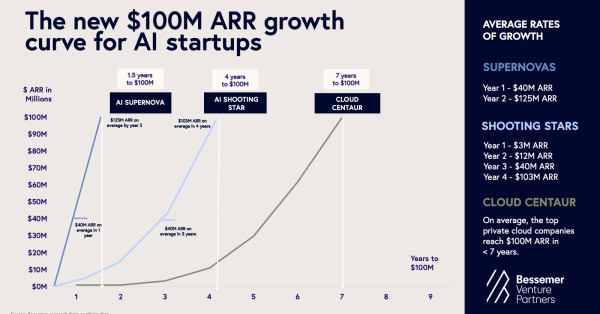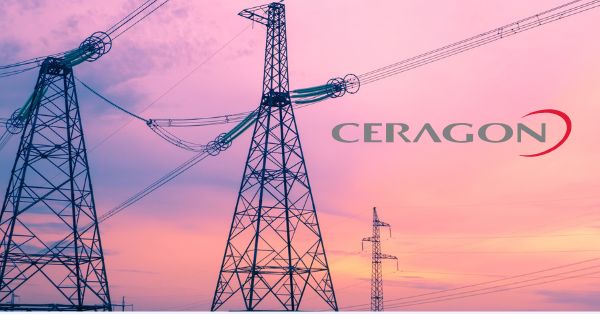Why PAN-OS 12.1 Orion Matters for Multicloud and Quantum-Safe Security
The convergence of post-quantum risk, multicloud expansion, AI-driven threats, and 5G/edge growth is forcing security teams to simplify architectures while raising assurance.
Post-Quantum, Multicloud, AI, and 5G: The Security Context
Harvest-now, decrypt-later risk has moved from theory to program risk as nation-states stockpile encrypted traffic, while NIST finalizes post-quantum cryptography (PQC) standards such as FIPS 203/204/206 and IETF advances PQC/TLS drafts. At the same time, cloud-native adoption across AWS, Microsoft Azure, and Google Cloud, coupled with SASE and SD-WAN, has fragmented controls and visibility. Telecom and large enterprises need a unified fabric that can enforce Zero Trust end to end, operate at 400G in the core, and extend to rugged, 5G-connected edge sites.
PAN-OS 12.1 Orion: Quantum-Ready, Unified Security Fabric
Palo Alto Networks PAN-OS 12.1 Orion steps into this gap with a quantum-ready roadmap, a unified multicloud security fabric, expanded AI-driven protections, and a new generation of next-generation firewalls (NGFWs) designed for data centers, branches, and industrial edge. The release also pushes management into a single operational plane via Strata Cloud Manager, targeting lower operating costs and faster incident response.
Inside PAN-OS 12.1 Orion: Unified Multicloud Security
The platform centers on consistent policy, automated coverage, and analytics-driven operations across NGFWs, SASE, and SD-WAN.
Unified Multicloud Security Fabric and Zero Trust
PAN-OS 12.1 automatically discovers workloads, applications, AI assets, and data flows across public cloud and hybrid environments to eliminate blind spots. It continuously assesses posture, flags misconfigurations and exposures in real time and deploys protections in one click across AWS, Azure, and Google Cloud. Microperimeters curb lateral movement, while the fabric scales elastically with workload changes. Strata Cloud Manager provides a NOC-style view to enforce policy and manage east-west controls from one console. For buyers starting the journey, the Cloud Network and AI Risk Assessment (CLARA) offers a structured way to baseline risk and prioritize actions.
Operational Simplification with Strata Cloud Manager
To reduce migration friction, Orion adds in-product support to move from Panorama to cloud-based operations. Organizations gain Zero Trust posture dashboards, AI-driven health monitoring across devices, traffic, configurations and services, and centralized compliance reporting with closed-loop remediation for frameworks such as NIST, HIPAA, and PCI DSS. Natural language assistance via Strata Copilot and customizable AI Canvas dashboards speeds troubleshooting without log-diving.
Pragmatic Roadmap to Quantum-Safe Security
Orion emphasizes crypto agility and measurable readiness rather than a rip-and-replace approach.
Enterprise Cryptography Inventory and Readiness
The new Quantum Readiness assessment builds an inventory of where and how cryptography is used across the estate and maps gaps against emerging PQC requirements. This addresses the first obstacle most CISOs face: knowing which applications, protocols and devices will block a PQC transition.
Legacy Bridge with PQC Cipher Translation
For systems that cannot be upgraded quickly, Orion introduces cipher translation to make legacy applications quantum-safe without immediate code changes, giving security teams a viable stopgap while engineering teams modernize. When organizations enable PQC in production, Palo Alto Networks’ fifth-generation, quantum-optimized NGFWs are designed to decrypt and inspect PQC-encrypted traffic at scale, supporting TLS inspection strategies as PQC and hybrid key exchanges roll out in line with NIST and IETF guidance.
Telecom and 5G Implications for PQC Adoption
For carriers and large service providers, this roadmap aligns with GSMA and ETSI efforts on PQC and with 5G core upgrades. It supports crypto-agile controls across MEC, RAN-adjacent sites, and interconnects, including environments where harvesting risks and long data confidentiality lifetimes are acute.
Precision AI Across Network, Cloud, and Devices
Palo Alto Networks extends its Precision AI system to detect faster, reduce noise, and automate response across DNS, devices, and advanced threats.
Advanced DNS Security Resolver for Hybrid Networks
The resolver-based DNS security option provides enterprise-grade protection in hybrid, multivendor networks and integrates with Strata Cloud Manager for unified policy. Palo Alto Networks reports higher detection efficacy for DNS threats, an area increasingly targeted for covert channels and malware staging.
Device Security for Managed, Unmanaged, and IoT/OT
Building on IoT Security, Device Security combines active and passive discovery with integrations across IT/OT tooling to profile every device. Precision AI reduces alert volume and enables risk-adaptive policies and guided virtual patching across SASE and NGFW form factors, a key need for factories, utilities, and smart venues where downtime is costly.
New AI-Driven Detections and Automated Response
Enhancements in Cloud-Delivered Security Services include single-query DNS tunneling detection, in-memory API vector analysis and prevention for encrypted Sliver command-and-control. These close gaps from initial access to post-exploitation and are relevant for lab, MEC and branch environments where east-west visibility is limited.
Next-Gen NGFW Hardware for Core, Branch, and Edge
The fifth-generation NGFW lineup targets performance, crypto agility, and deploy-anywhere flexibility.
Data Center: PA-5500 Series (400G, Quantum-Optimized)
Engineered for 400G environments, the PA-5500 Series delivers up to 4x prior-generation performance with quantum-optimized processing, making it suitable for carrier cores, large enterprise data centers and interconnect hubs that must sustain TLS inspection at scale.
Branch: PA-500 Series for SASE and SD-WAN
The PA-500 Series brings Layer 7 security to integrated branches with compact designs and simplified zero-touch provisioning, aligning with SD-WAN and SASE rollouts and supporting rapid site turn-ups.
Industrial and Outdoor: PA-455R-5G Rugged Edge
The ruggedized PA-455R-5G adds native 5G connectivity for harsh environments and remote assets, from substations to roadside cabinets and campus edge, bridging security across OT and cellular backhaul.
Next Steps for Enterprises
Security and network leaders can use this release to accelerate a standards-aligned, operations-first security modernization.
Immediate Actions
Run the Quantum Readiness assessment to inventory crypto, and execute CLARA to baseline cloud and AI risk. Pilot PQC and hybrid TLS key exchanges in controlled domains, validate TLS inspection workflows, and measure performance impacts. Enable microperimeters on high-risk east-west paths, and standardize on Strata Cloud Manager to consolidate policy and incident response.
Plan the Roadmap
Adopt crypto agility as a design principle in key management, certificate lifecycles, and DevSecOps pipelines. Schedule hardware refreshes where 400G, PQC inspection, or rugged 5G connectivity are strategic. Evaluate migrating DNS security to the resolver model and expand device coverage to unmanaged and OT assets.
Track Standards and Ecosystem
Track NIST PQC FIPS publications, IETF TLS PQC drafts, and ETSI/GSMA guidance for telecom. Validate supplier roadmaps for PQC support across load balancers, proxies, and identity systems to avoid bottlenecks. For reference, customers note early adopters like Sabre that prioritize unified, AI-driven defenses at a global scale.
The bottom line: PAN-OS 12.1 Orion offers a credible path to consolidate multicloud security, operationalize AI-driven defenses, and start the PQC transition without disruptionmoves that directly reduce risk and complexity in telecom and large enterprise networks.

































